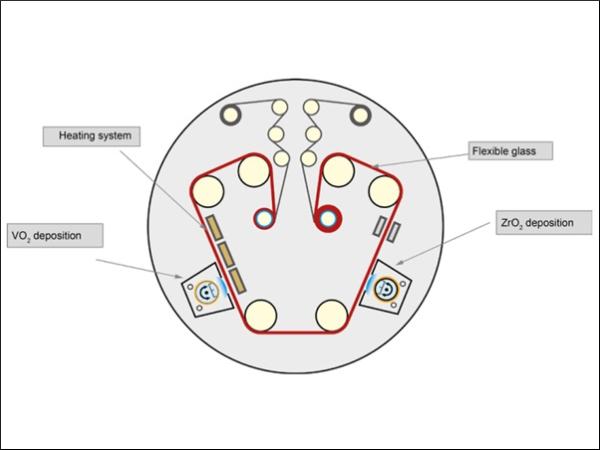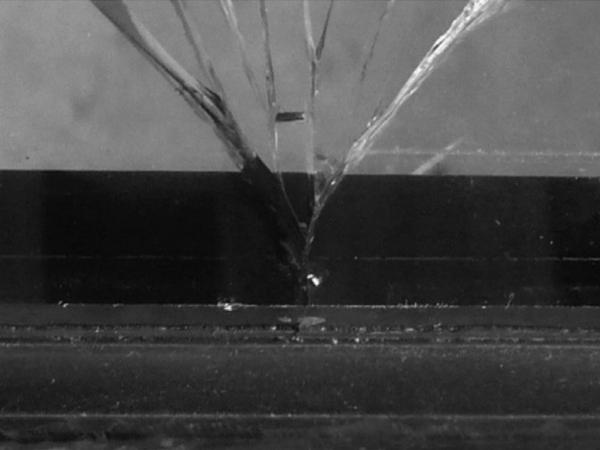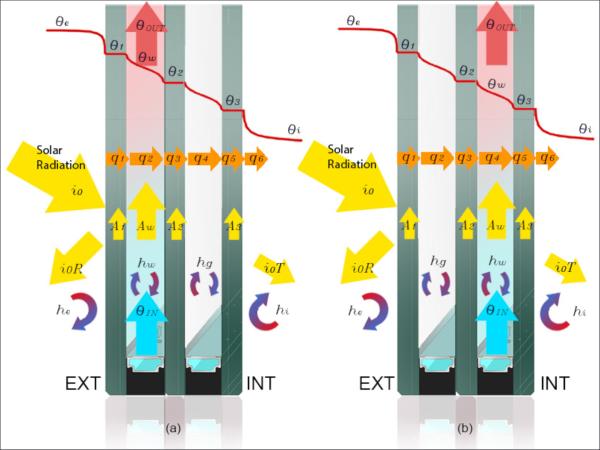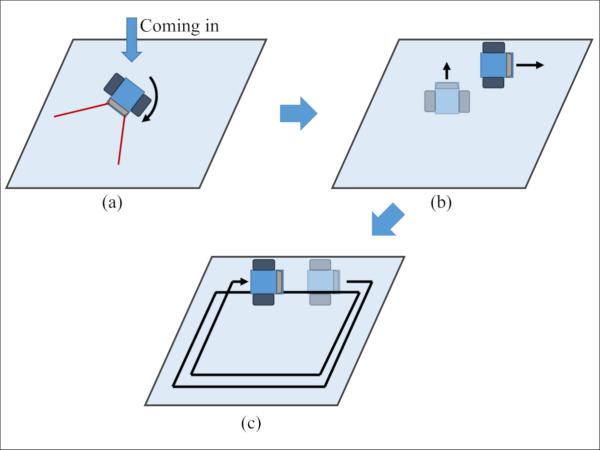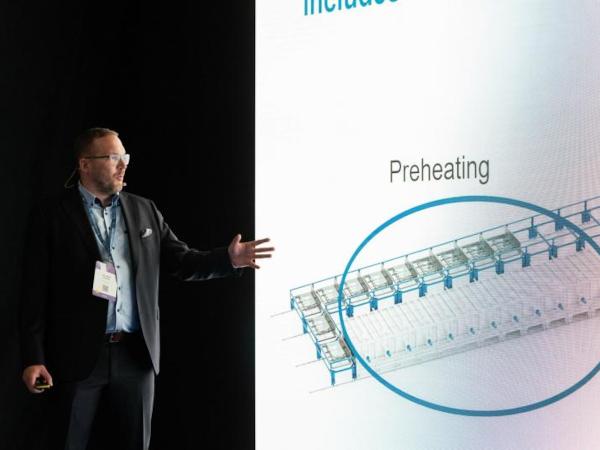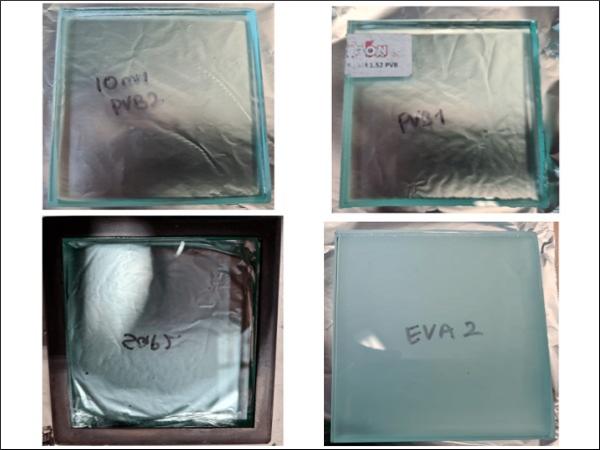Others also read
| This paper seeks to understand the outstanding questions around the potential carbon consequences and benefits of using insulating glass units (IGU) in facades.
| The new complete metrology scanner after furnace exit and its capabilities for furnace optimization and quality control.
| The authors present results achieved in a roll-to-roll deposition process of vanadium oxide on flexible glass of 0.1 mm thickness.
| Curved glass is fundamental in advanced architecture which incorporates a magnitude of glass with organic forms throughout these cutting-edge design structures.
| In the latest Glastory blog post, Antti Aronen analyzes the transformative potential of automated glass tempering.
| Glass is a brittle material. After the stress due to loading exceeds the resistance, a breakage occurs, and the glass is no longer intact.
| Spontaneous breakage of fully tempered glass in facades is under control today when the heat soak process according to EN 14179-1 (2006/2016) is rigorously carried out.
| Identification and optimisation of cutting process parameters
| This paper describes the lessons learned when using structural glass to carry out a canopy design integrated into a new façade.
| Multilayer laminates are used to increase strength, redundancy and residual capacity, but some configurations can lead to catastrophic failures.
| ‘Levitation Ledges at the Summit of the One Vanderbilt (NYC)’
| New fire-resistant load-bearing glass beams are under development and examined within a joint research project between Hero-Fire GmbH, Taupitz GmbH & Co. KG and Technische Universität Dresden.
Unlocking energy efficiency potential: vacuum-insulated glazing for sustainable buildings - Glastory
| Read more about Antti Aronen's presentation at Glass Performance Days (GPD) 2023, "An enhanced model of thermomechanical loading on a Vacuum Insulated Glazing".
| This paper presents a review on the state of art of analysis and design of glass window/facade system under blast loading, with evidence of available experimental outcomes, design methods and trends, open challenges.
| This paper takes the curtain wall reconstruction project of the Wuhan Tianhe Airport T2-T3 Terminal building as the research object.
| In the new Glastory post by Matthias Loppacher, we explore the evolving landscape of automotive glazing and display processing – and discuss strategies for keeping up with the changes.
| The main objective of this paper was to assess the performance of a new WFG-unitized facade as a high-performance envelope with dynamic thermal properties.
| This paper presents an approach to the estimation of a window shape for increasing the adaptability of glass façade-cleaning robots to different buildings.
The Effects of the Large-Scale Factor on the Integrity Parameters of Monolithic Fire-Resistant Glass
| Glass structures are subject to high fire safety requirements. Two methods are employed in this work: experimental studies of small-sized and large-sized samples and simulations of heating glass structures.
| In the latest Glastory blog post, Antti Aronen introduces how the complexity of automotive windshields and sunroofs has significantly increased with evolving modern car designs.
| This study delves into the critical aspects of fire safety in laminated glass.
| The structural design of glass curtain walls and facades is a challenging issue, considering that building envelopes can be subjected extreme design loads.
| Christoph Timm, Principal at SOM New York, shared insights on decarbonizing the built environment and the evolving landscape of sustainable construction.
| This study describes what to our knowledge is the first full scale fire resistance tests of Timber-Glass composites beams.



